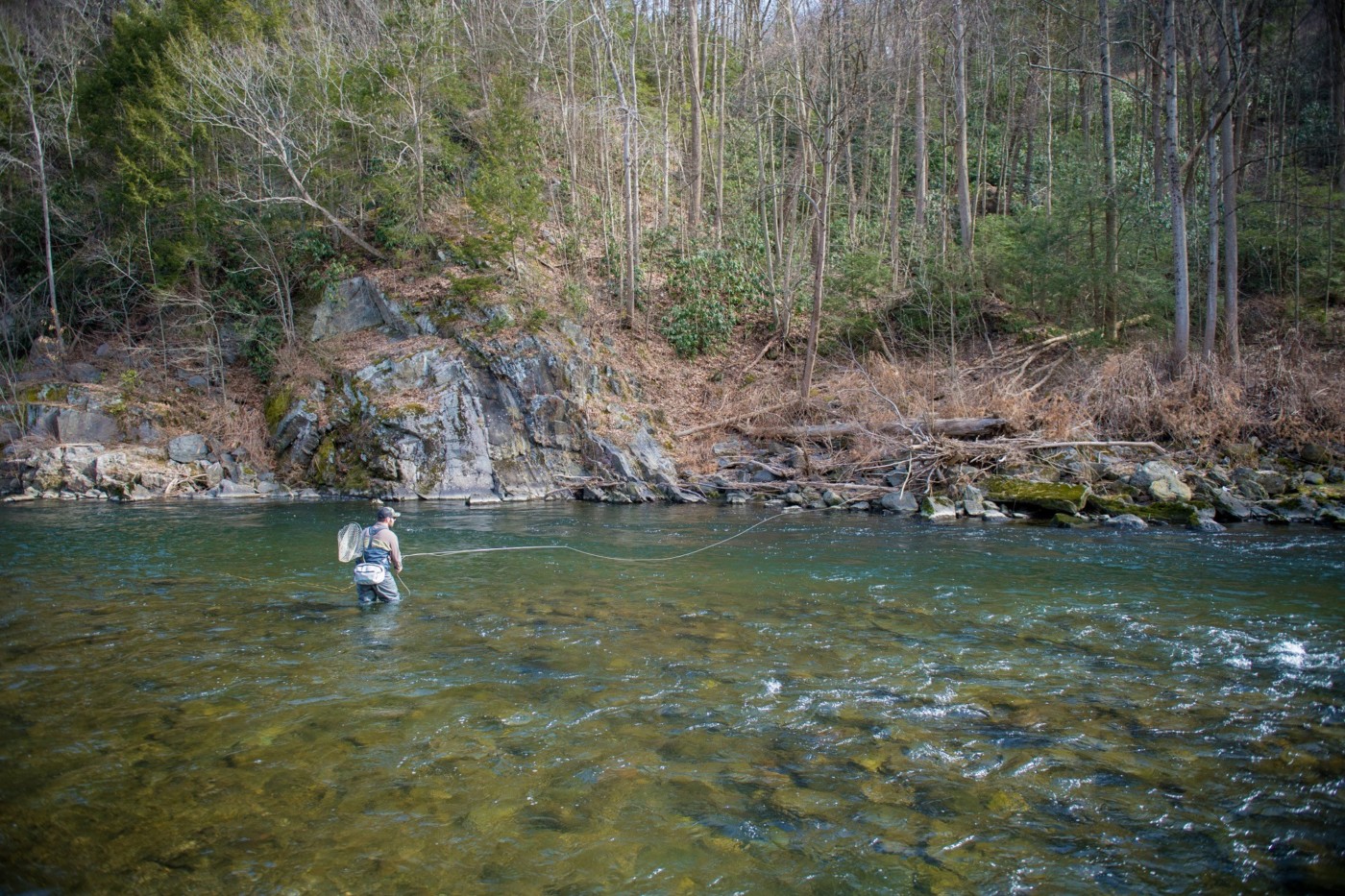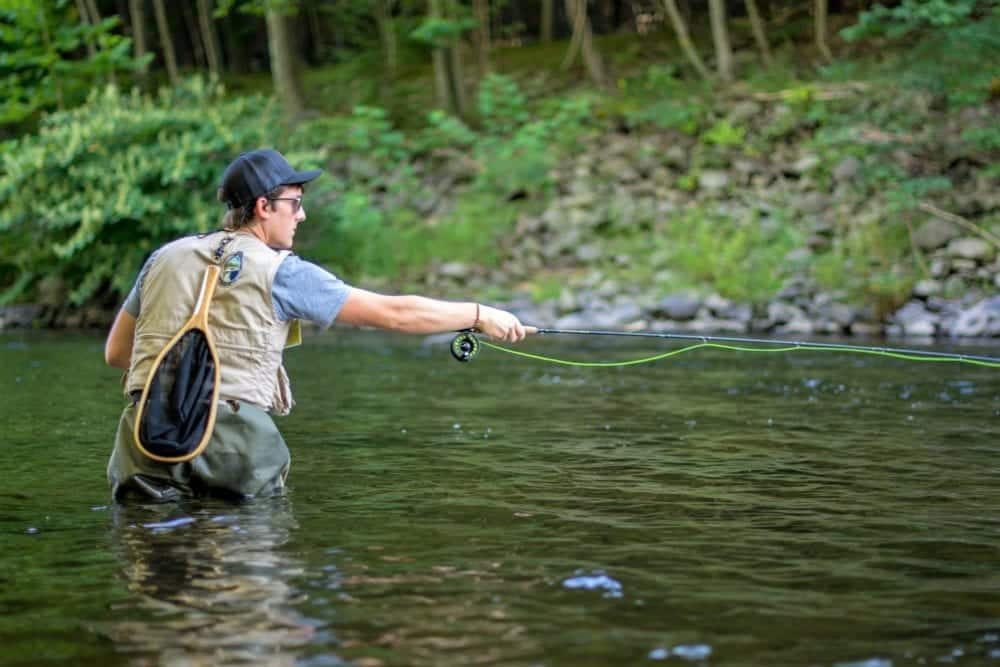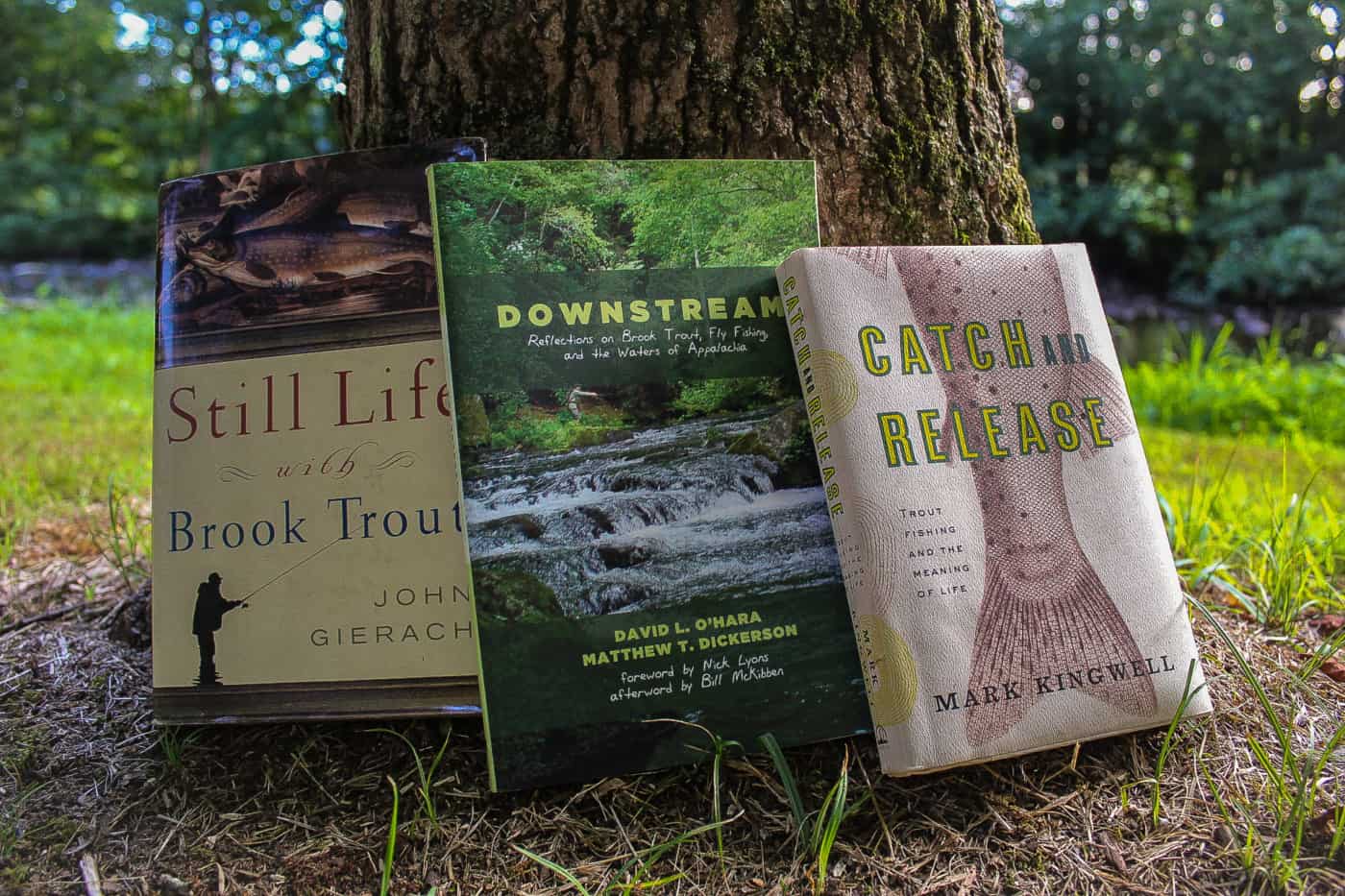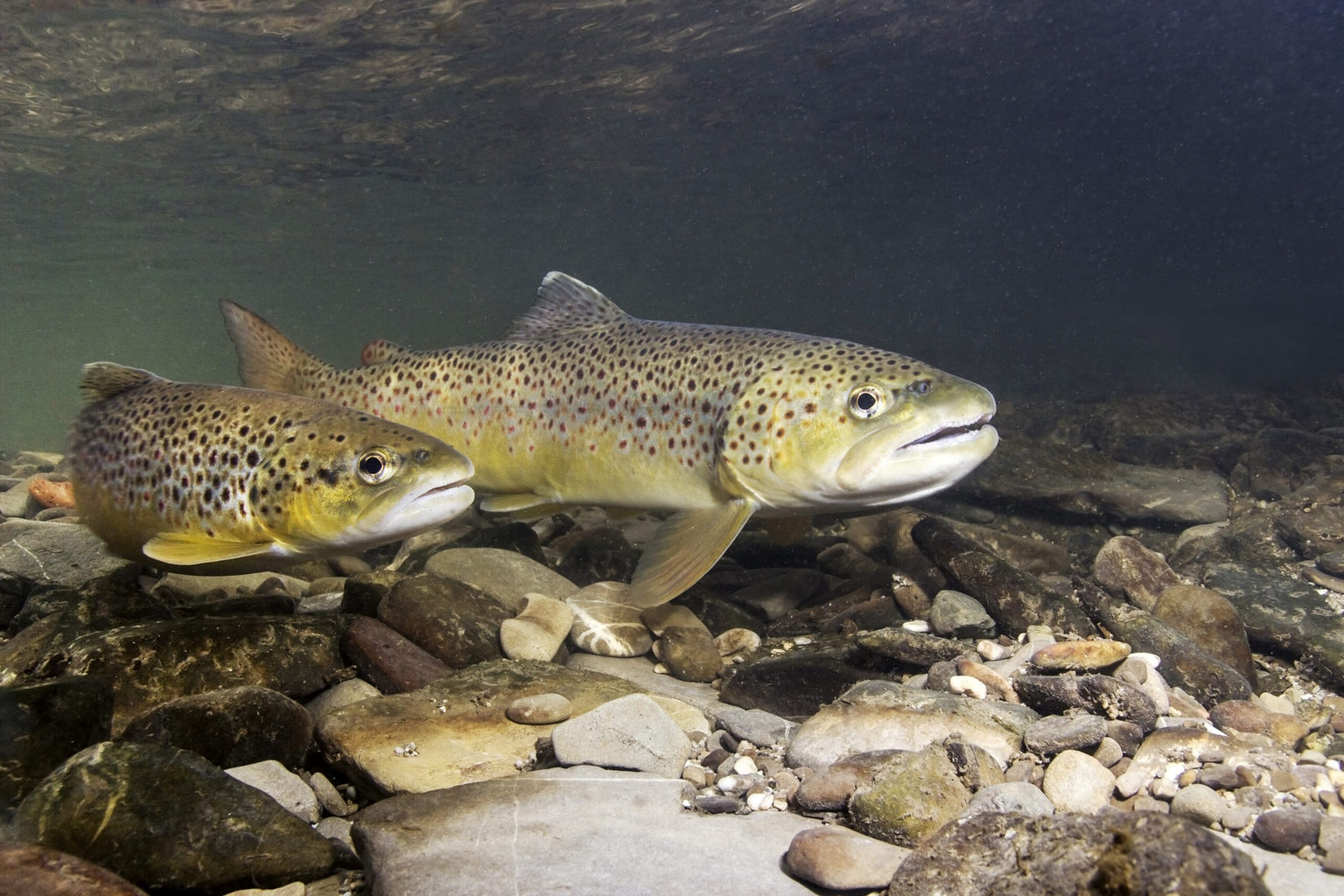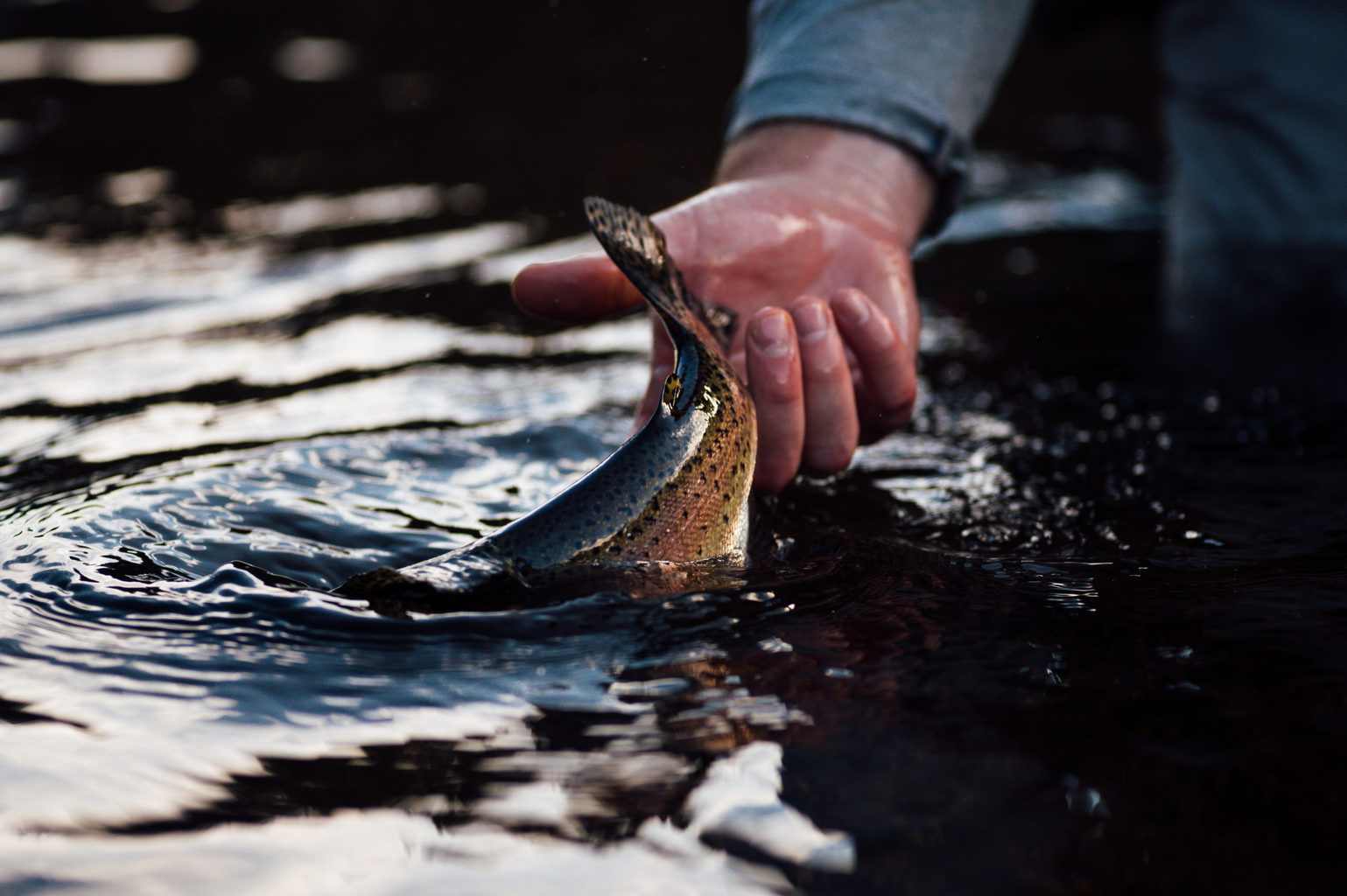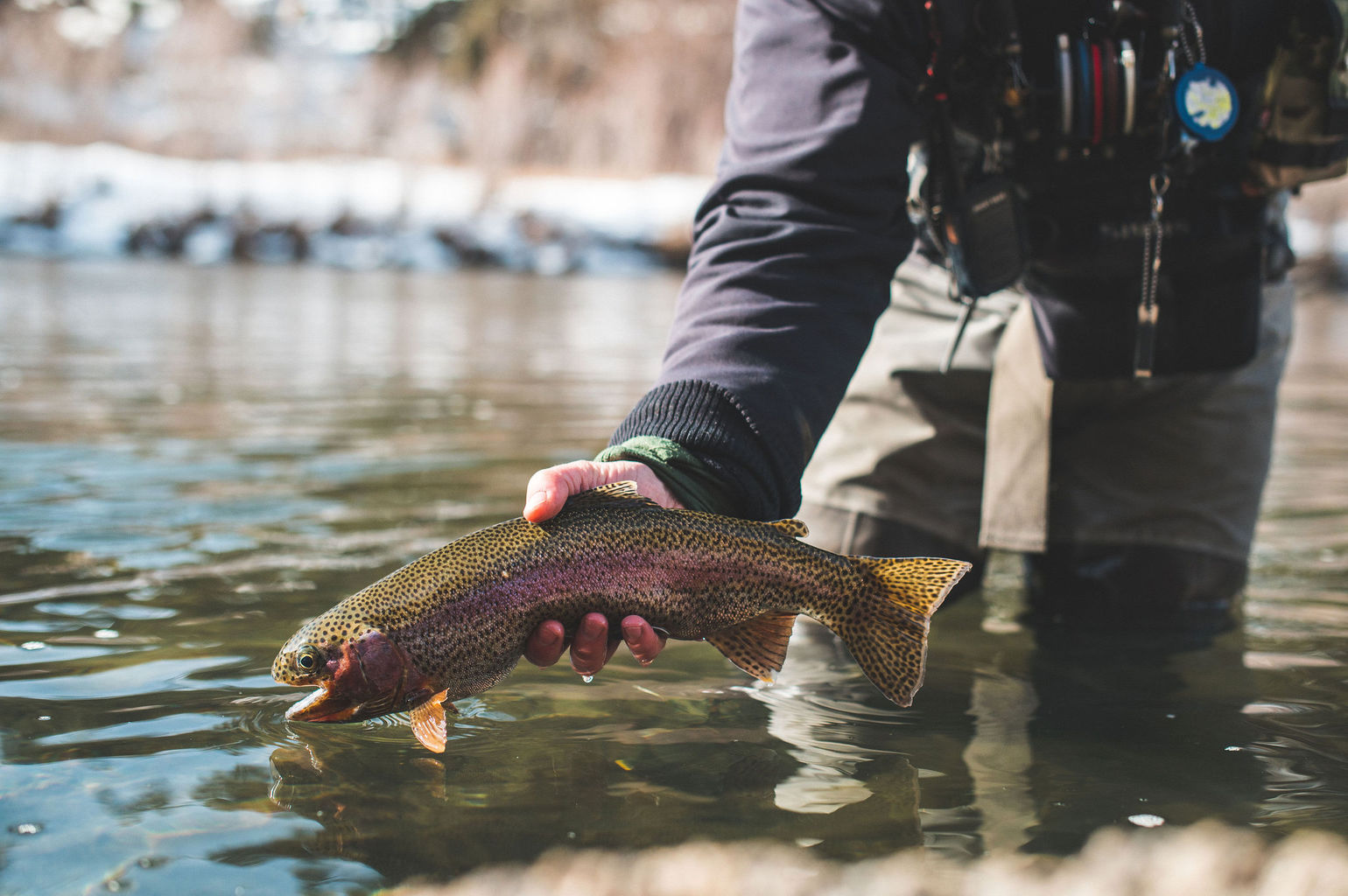4 Tips to Fly Fish Midge Patterns in Winter
While anglers desperately await the arrival of spring and the hatches that serve as a welcome relief from winter, midges still dominate the late winter months.
Bug life often mirrors the weather outside, and rarely do huge mayflies hatch when temperatures are frigid and the snow is pounding. With that in mind, it’s easy to understand why so much time is devoted to fishing tiny flies that sometimes warrant a microscope to properly see! Midges make up most of the trout’s diet throughout winter, and as such they might not key in on other patterns during this time of year. Fly anglers have a love/hate relationship with midges however, and here are a few tips to ensure you stay on the love side of things and have successful fishing in these last weeks until the weather breaks!
Fly Fishing Made Easy 👍
Our Quarterly Fly Club ships 1,000’s of flies to anglers all across the United States. Receive curated fly assortments selected for the season with in-depth articles on how to fish them. Great for beginners to learn and for intermediates to discover new flies.
Rig At Home
The cold is one of the most challenging aspects of winter fly fishing. Numb fingers and awkward gloves make tying #24 midges onto 6X tippet all but impossible. One thing that really helps avoid this frustration while saving time on the water is to set up a few entire rigs at home. This is easy to do for those who utilize tippet rings by starting the section of tippet that starts below the ring, and tie on your two or three nymphs off that tippet. Having a few rigs tied and ready to roll makes things much smoother and is a huge help when fishing miniscule midges in winter!
Fish Nymphs
Everybody loves to watch trout sip dry flies off the surface, and for good reason! It’s one of the most exciting moments in our sport and the high of experiencing that can turn even the most skilled nymph anglers into dry fly purists. When it comes to midges, try to stick to nymphs to eliminate some frustration. While the opportunity to use midge dries and have surface eats in winter is appealing, the hours spent staring at the water trying to locate tiny flies is an exercise in futility. Bite the bullet during winter and use subsurface midges to catch more fish and reduce the headache of not being able to see our flies.
-
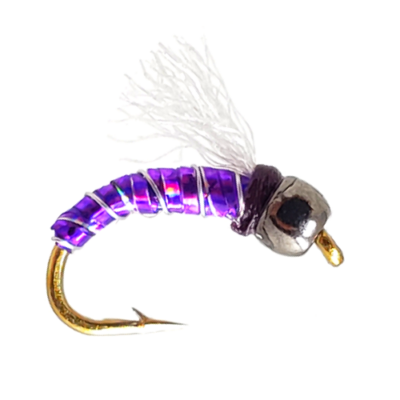 Holo Midge$2.05
Holo Midge$2.05 -
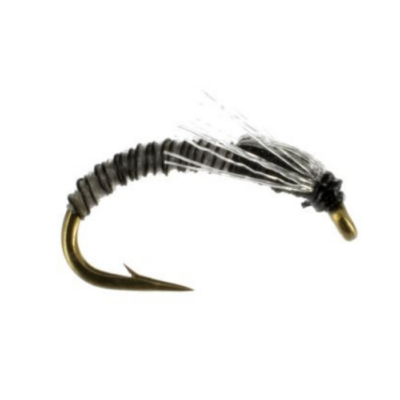 JuJuBee Zebra Midge$1.79
JuJuBee Zebra Midge$1.79 -
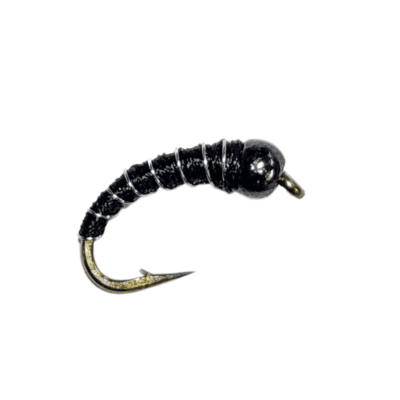 Bead Head Zebra Midge$1.69
Bead Head Zebra Midge$1.69
Smaller Indicators
Midges are, by nature, very small insects. They’re also incredibly light which is apparent when looking at midge flies. They’re usually thin with small (or no) legs and tail sections. The relative weightlessness of the fly means our strike indicator has to be able to detect even the subtlest of takes. During these winter months, stash the bigger yarn or plastic indicators in favor of something more discreet, like the Palsa pinch on. This will really help keep the water undisturbed while picking up on those light eats that so often accompany winter midge fishing.
Mix It Up
A look into a midge box often shows rows of drab colored flies in olive, black, and brown. While those patterns are deadly, and should absolutely be used, don’t be afraid to step out a bit and use some flashier colors. Purple and green are two variations that catch a ton of fish and can be used in tandem with some of the more classic choices. A zebra midge in black/silver followed by a purple or green thread midge is a great combination that can be used in winter.
Midges are the name of the game in late winter, even when the first BWO’s start to emerge from their icy slumber. Anglers don’t have to deal with the frustration that sometimes comes with fishing midges though, so long as some of these tips are followed. By rigging up at home and fishing certain setups in the right type of water, it’s possible to set yourself up for great success while most are stuck waiting around for spring to arrive!

